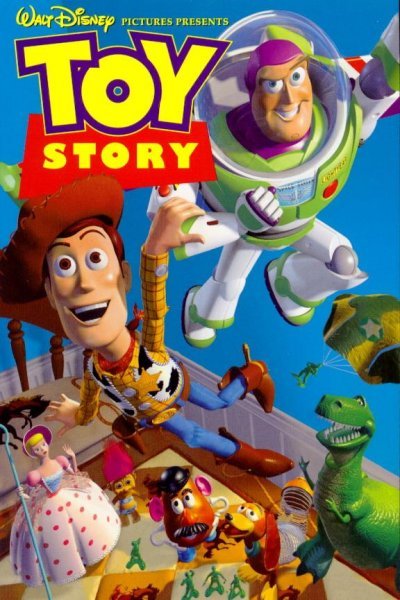Brooklyn's Edible Celebrity
Brooklyn's Edible Celebrity
When Brooklynite George Lerner came up with the idea for Mr. Potato Head, he took playing with your food to a whole new level. His idea was to have kids put plastic eyes, feet and other body parts on real fruits and vegetables. Making dolls out of vegetables was something he did as a child.
Lerner had difficulty selling his idea at first because it was seen as a waste of food, especially after World War II food rationing. But toy historian Tim Walsh, author of Timeless Toys: Classic Toys and the Playmakers Who Created Them, said this was part of what made it successful.
“Some of the best toys break some sort of rule... And certainly playing with your food is one of them,” Walsh said.
He said the Hassenfeld brothers, who were the founders of the toy company Hasbro, must have agreed. In 1952, they began distributing the toy body parts, and officically dubbed the toy “Mr. Potato Head.” Walsh said it was the first time the Hassenfeld Brothers ventured into the toy business. Before this, they made school supplies and kits like nurse and junior air raid kits.
“But certainly a junior air raid kit, it's not very fun," Walsh said. "So [Mr. Potato Head] was their first kit that... there wasn't any reason for it. It was just goofy fun."
But it wasn't the only first for the toy. Paul Kurnit is a professor at Pace University who used to be the CEO of Griffin-Bacal Advertising, the main advertising company for Hasbro. He said it was the first toy ever to be advertised on TV.

(VintageTVCommericals, YouTube)
Kurnit said the toy was simple, but creative and fun, and with the ad’s help, the toy took off.
“Who ever would have thought of putting face pieces in a box... and inspiring kids to take a potato they have in their home have this kind of fantasy play?” Kurnit said.
In 1964, due to safety reasons, the body parts needed to be less sharp and as a result, couldn’t pierce a real potato anymore. So Hasbro created the plastic body, the version of the toy featured years later in the 1995 movie Toy Story. Mr. Potato Head was brought to life and given a personality by actor and comedian Don Rickels.

Walsh and Kurnit both said the movie cemented Mr. Potato Head as a pop culture icon.
Photographer Timm Chapman said the character is recognized all over the world. When he travels, he always takes his own Mr. Potato Head named Spud. For fun, Chapman takes pictures of the toy everywhere he travels and posts them to his Facebook website Spud’s Travels.
“He goes by different names in different countries. There's Monsieur Patate in France," Chapman said.

(©Timm J. Chapman)
Chapman said people recognize Mr. Potato Head when he takes Spud out to photograph him. He says the toy makes locals more comfortable around him, even when he is in remote or far away countries.
“It bridges cultural gaps...if I'm photographing in a particular area that might be sensitive or something like that... he can be that bit of levity that knows that you're not there to paint their area in a bad light with your photography or take things that shouldn't be photographed.”
Mr. Potato Head has been in production since 1952. He was inducted into the National Toy Hall of Fame in 2000 and joined the ranks of classic toys like Etch A Sketch, Play Dough and Frisbee.

